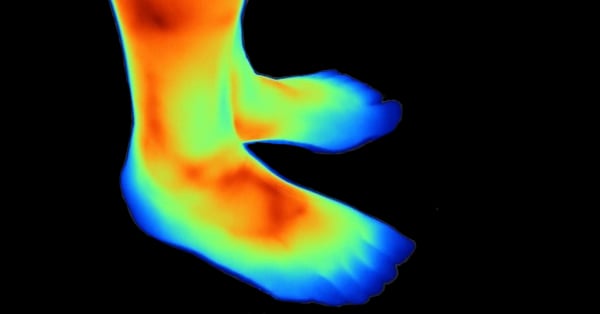Topics: Atherectomy, Atherosclerosis, Lumivascular

Looking for the definition of atherectomy?
The definition of atherectomy is:
An atherectomy is a minimally-invasive method of removing plaque to re-open arteries. Unlike angioplasty and stenting which are designed to squish plaque to the side, atherectomy involves removing the plaque from the artery, restoring normal blood flow.
Atherectomy is pronounced: \ˌath-ə-ˈrek-tə-mē
Term “atherectomy” comes from combining the prefix “Ather” and suffix “ectomy”
Ather - fatty deposit, soft gruel-like deposit
- ectomy denoting surgical removal of a specified part of the body
The prefix “ather” also relates to “atherosclerosis.” Atherosclerosis is a disease in which the inside of an artery narrows due to the buildup of plaque. Initially, a patient may person may experience no symptoms. However, building up over time, plaque can become severe, resulting in coronary artery disease, stroke, peripheral artery disease, kidney problems or a combination of all three.
Take Action:
Learn more about treatment atherectomy as a treatment option, please click here.
To find a doctor performs atherectomies, click here.







